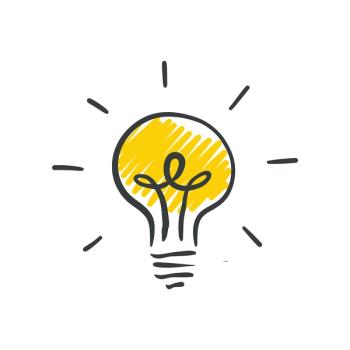
Five Ways for Physicians to Make the Most of Mobile Devices
Studies show physicians want to use mobile devices, but have some trepidation. Here's how to overcome obstacles and maximize use of mobile tech.
As a physician, I am always looking for ways to improve my day-to-day work flow and patient care. As an EHR designer, I am always looking for ways to help others do the same. My own experiences inform the choices I make when designing software. I believe that there are a lot of benefits to the iPad format that can help physicians provide what I call "heads-up medicine."
Heads-up medicine is essentially about engaging patient more - with and in spite of technology. It's accomplished by using solutions like the iPad that allow you to accomplish actions using a simple gesture, like a finger swipe or tap, rather than diverting your attention with complex navigation and a key stroke or worse yet, a big desktop computer on the other side of the room. It's about looking your patient in the eye as much as possible and not turning your back on a patient to enter information. It enables you to share what you are doing by showing the patient the information on the device as you are talking.
None of this really matters though if you are struggling to get comfortable with the device or the software. I have found that providers often purchase and implement an EHR and then launch it without taking the time to really get familiar with the device and application. We're so used to filling in those paper charts and superbills that we assume it will just be an electronic version of the same thing. When it isn't, there is frustration and dissatisfaction. I believe this is one of the reasons that dissatisfaction with ease of use in EHRs has been on the increase from 23 percent in 2010 to 37 percent in 2012, according to
It's clear that physicians are interested in how mobile devices can help improve the patient visit. A survey from
I have a few suggestions for how physicians can utilize their mobile devices and applications more. It all begins with getting comfortable - really comfortable - with the device. Then, get just as comfortable with your templates. Documenting on your iPad or other mobile device needs to become second nature.
Here are my five suggestions:
1. Don't skip the how-to's. When you get new device, sit down for an afternoon and go through any and all tutorials on how to use your hardware and software. It may seem tedious but you want to be an expert user even if you have to spend a day slogging through the manual. This means you set up your device - don't let your nurse or practice manager do it for you. It'll be worth it when you can document a visit, schedule a follow-up visit, and shoot tasks to your staff all without taking your eyes of the patient.
2. Use your device every day. Don't just use your device to document patient visits. From the beginning, use it for everything. Get really comfortable with how it works and how it feels to navigate various applications. Use it for e-mail, searching the Web, or downloading apps. The more you use it for different activities, the more familiar it will become.
3. Figure out what shortcuts and bailouts you can use if you are having a problem. I recommend having a docking station handy with an external keypad. Practicing voice recording via a Bluetooth device is another great option. Again, being comfortable with device will allow you to figure out how to solve a problem as you go.
4. Tweak your templates. Most EHRs come with pre-loaded templates, the ability to customize templates, and the option to add more templates as needed. You should absolutely tweak your templates to fit the most familiar sequencing possible. The more the template matches your thought process and what you are used to the easier the switch will be.
5. Practice before game time. Don't wait to see that first patient to try documenting on your device. Document a handful of old notes and customize the template as needed to adapt to your documentation process. Then, practice live documentation using your staff as patients. As the old adage goes: "Practice makes perfect."
According to
Tom Giannulli, MD, MS, is the chief medical information officer at Kareo. He is a respected innovator in the medical technology arena with more than 15 years of experience in mobile technology and medical software development. Previously, Giannulli was the founder and chief executive officer of Caretools, which developed the first iPhone-based EHR. E-mail him
Newsletter
Optimize your practice with the Physicians Practice newsletter, offering management pearls, leadership tips, and business strategies tailored for practice administrators and physicians of any specialty.









